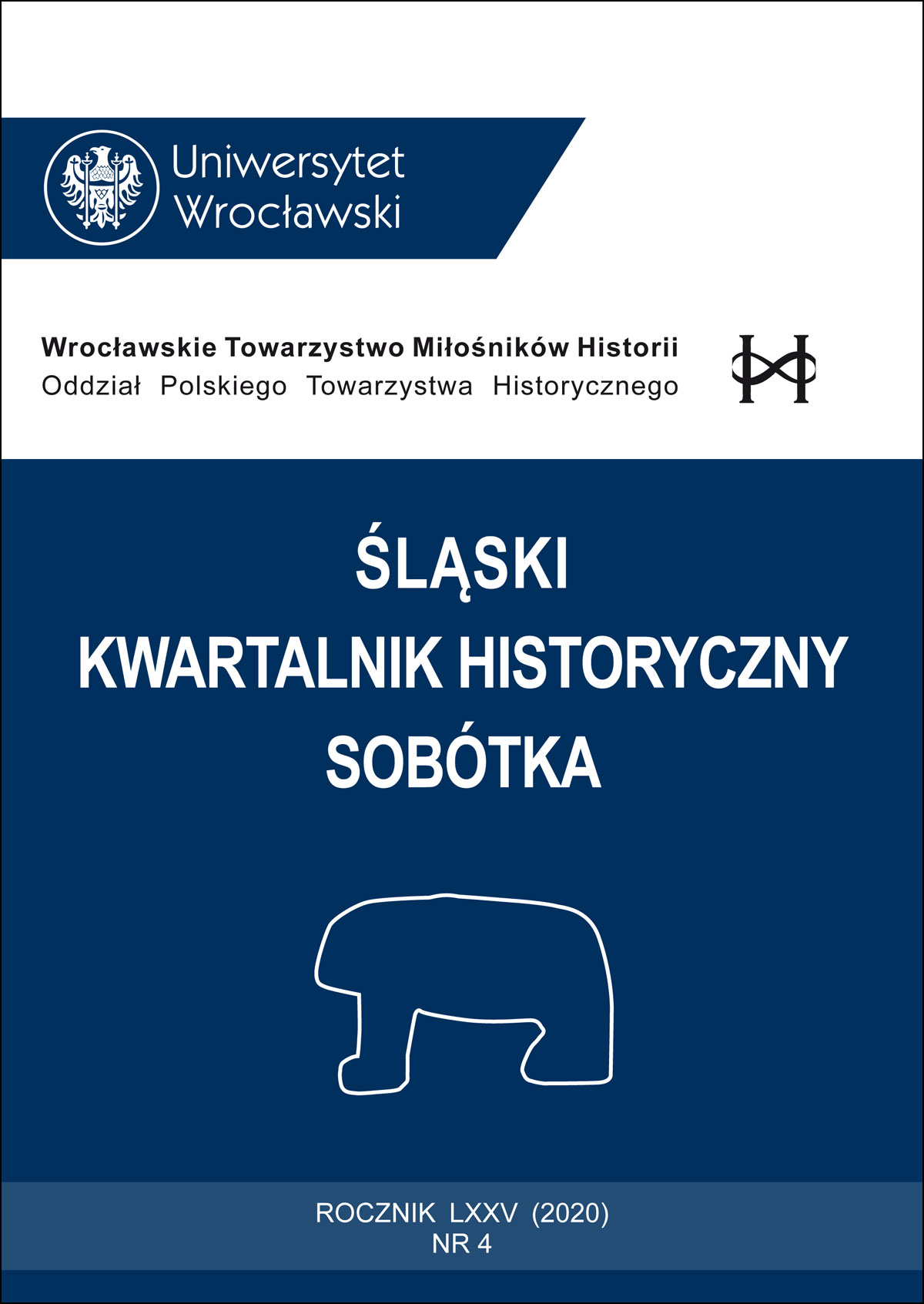Wrocławska rotunda Panoramy Racławickiej: historia, koncepcja i forma
The rotunda of the Racławice Panorama in Wrocław: history, concept, form
Author(s): Agata GabiśSubject(s): History, Fine Arts / Performing Arts, Architecture, Local History / Microhistory, Post-War period (1950 - 1989)
Published by: Wydawnictwo Uniwersytetu Wrocławskiego
Keywords: Wrocław; architecture; rotunda; Racławice Panorama
Summary/Abstract: Complicated, abundant with plot twists history of the huge canvass depicting the battle of Racławice, began in 1894 in Lviv, and after many border changes and many years of oblivion and political obstacles culminated in 1985 in Nowe Miasto in Wrocław. Thirty-five years have passed since the ceremonial opening of the museum and the architecture of the rotunda is perceived primarily from the angle of its purpose – the “seat” of the Panorama. Both elements – the building and the painting – hold an established positon of the most important tourist attractions of Wrocław. However, when one looks back at the decades before the new building was erected and the public was able to admire the illusionist painting presenting the Racławice battlefield, a change in the perception of Panorama by the public the art critics is noticeable. It can likewise be traced how across nearly 100 years the popular medium became national heritage. This shift is also reflected by the architecture: at the turn of the 19th and 20th century the public viewed the Racławice Panorama in an unheated rotunda, built hastily as a frame construction. Along with political changes and increasing importance of this national memento from Lviv, efforts have been made to exhibit it in a representational, modern facility. Long absence of the Panorama contributed to the rise in its meaning and, as a result, to its triumphal return and recognition among the general public. The modern rotunda, which stood unfinished for many years, played significant role in this process, physically visualizing the absence of the painting. In the meantime, many concepts regarding the building appeared; its visual form and functional solutions influence the perception of the painting to the present day.
Journal: Śląski Kwartalnik Historyczny Sobótka
- Issue Year: 75/2020
- Issue No: 4
- Page Range: 105-135
- Page Count: 31
- Language: Polish

